1、 Curing method
1. Temperature: it is a tropical plant. Most tropical plants are not cold resistant, and it is no exception. The most suitable breeding temperature is between 15 ° C and 25 ° C. if the temperature exceeds 28 ° C, it needs to be moved to a cool place for maintenance and cooled by spraying water around. The temperature in winter is too low for outdoor maintenance, so it needs to be moved to a greenhouse for maintenance
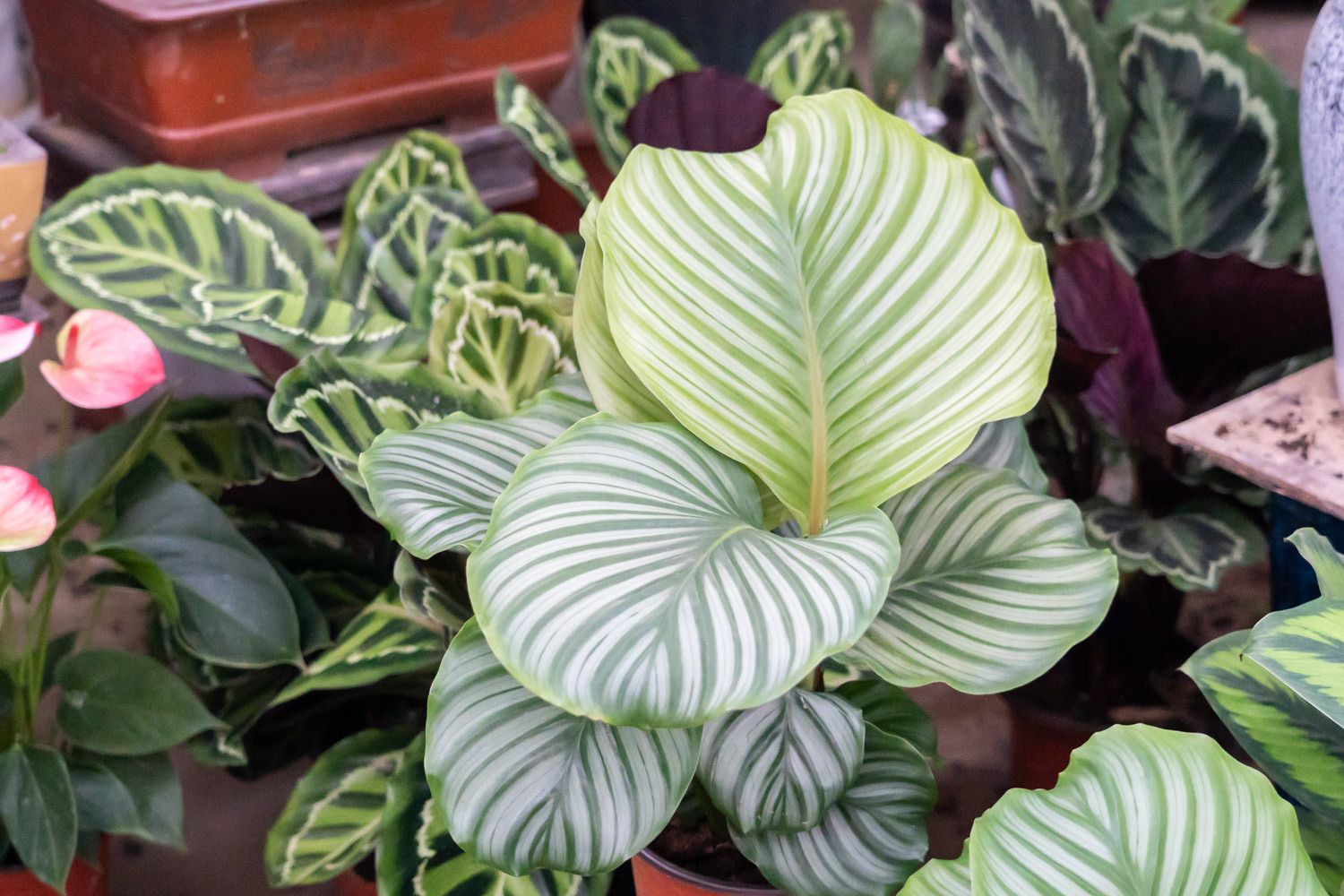
2. Watering: it likes humidity and needs to keep the soil moist for a long time. It needs to replenish water every day during the growth period. In addition, it should often spray water on the surrounding air to maintain air humidity. In non growth period, it can be extended to once every three days
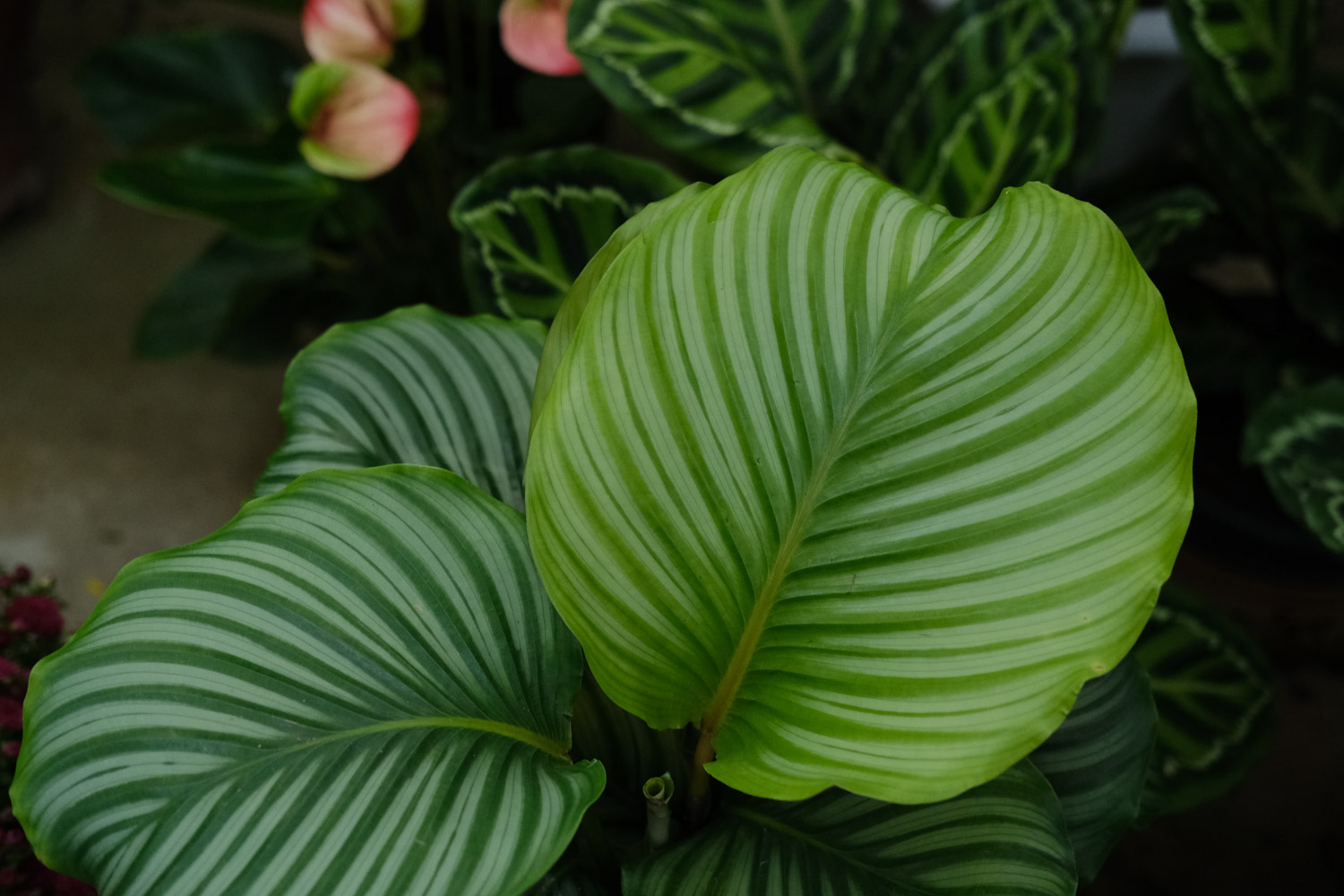
3. Fertilization: during the growth period, it is necessary to apply fertilizer once a month. The fertilizer species are mainly those with moderate fertilizer efficiency, such as human urine, retting and so on. After autumn, slowly reduce the number of fertilization. After winter, stop fertilization to avoid fertilizer damage
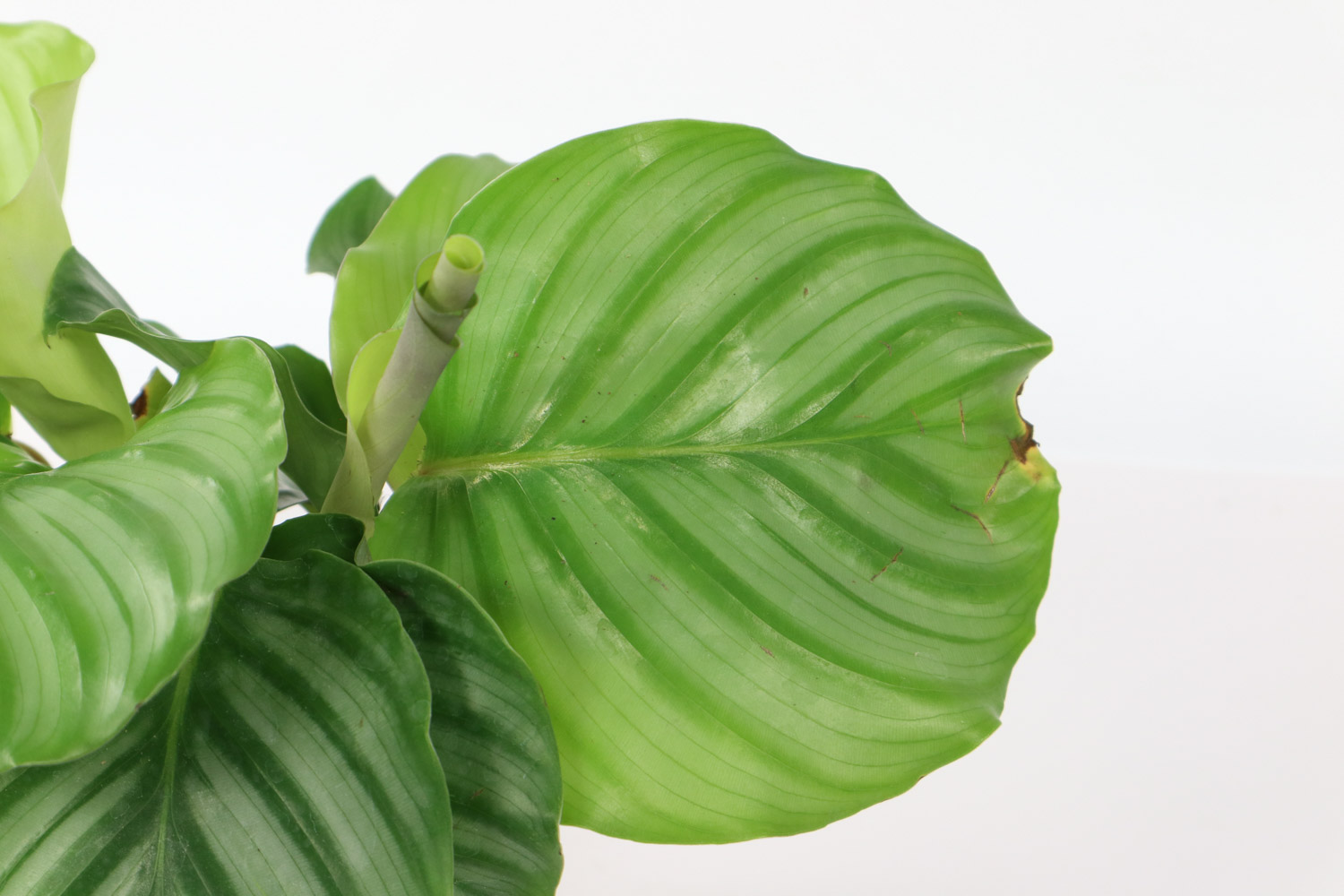
4. Light: it is not resistant to strong light and likes a semi shady growth environment. If it is placed directly under strong light, it is easy to burn its branches and leaves. Therefore, shade measures should be taken during breeding in summer. During indoor maintenance, it is best to breed in a place where astigmatism can be exposed
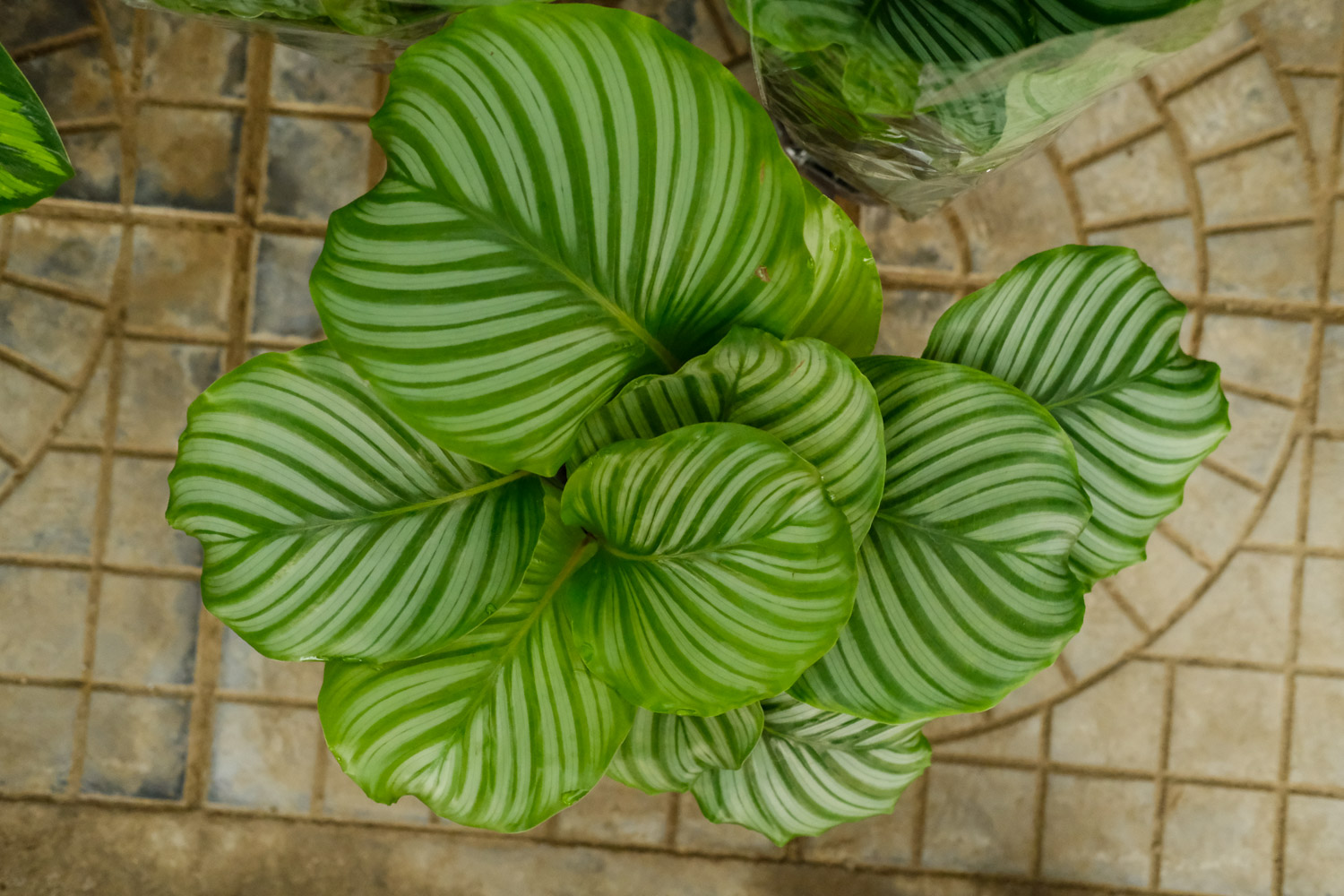
2、 Breeding skills
1. Propagation: the method of propagation of round leaf bamboo taro can use the ramet method. The best time to ramet is spring, with suitable climate, temperature and humidity. Cut the stem block with leaf buds, and then plant it in new soil. Cover the soil with a film to maintain temperature and humidity, and the roots can be produced in about two weeks
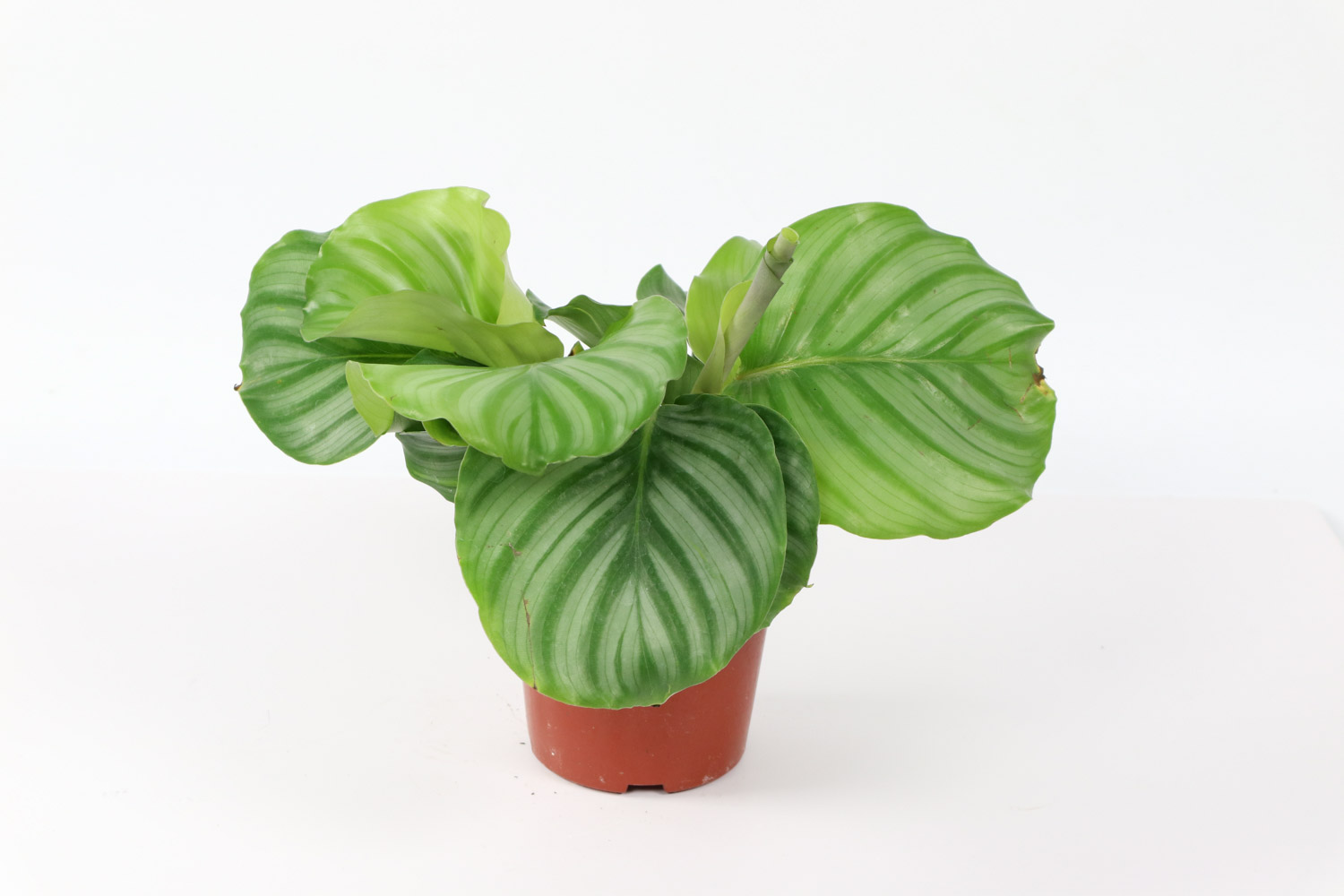
2. Pruning: generally, it does not need pruning. If the plant has lesions, such as yellow and rotten leaves, the leaves need to be cut off from the base, because its growth point is in the soil, and pruning from the base will not cause damage to it
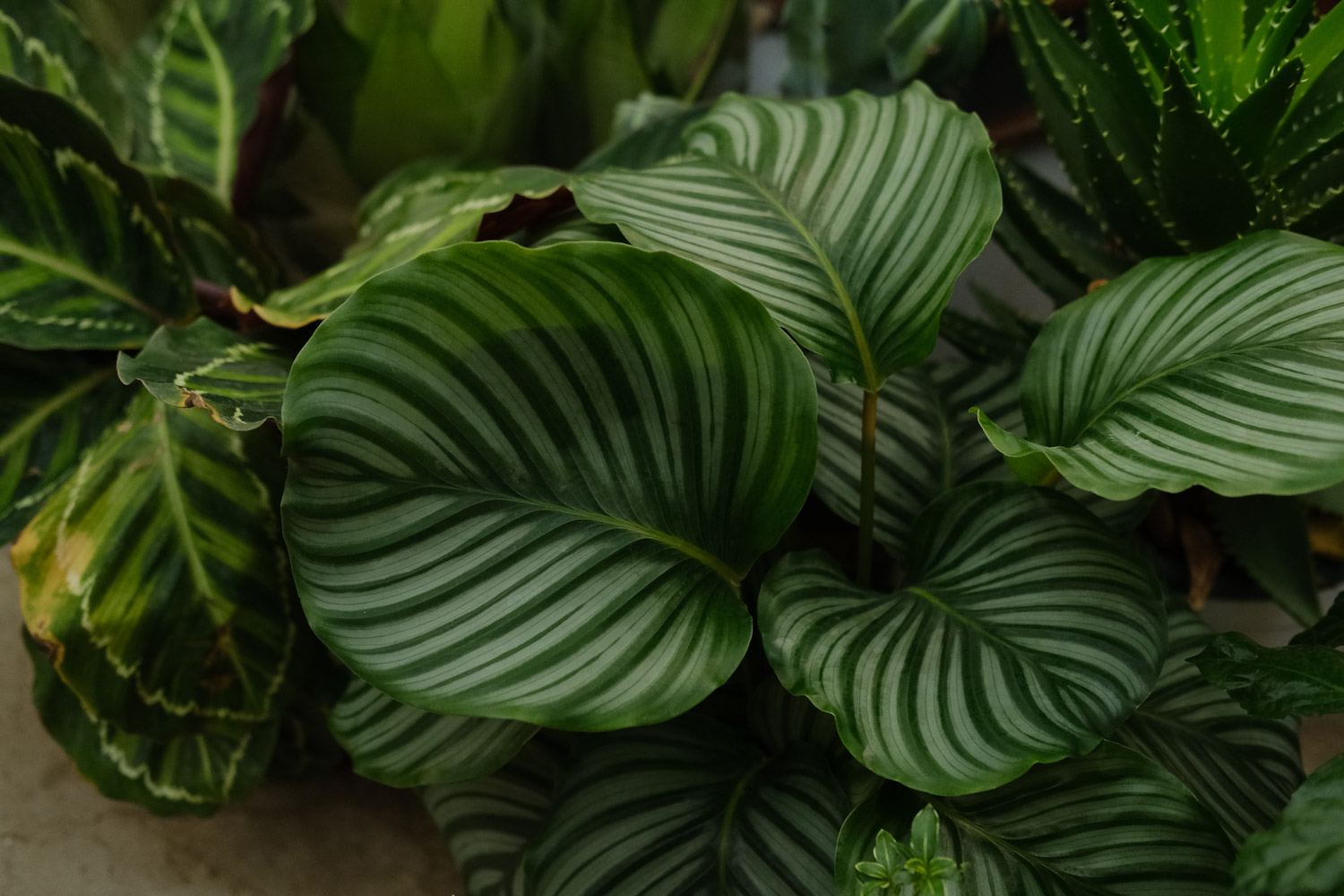
3、 Problem diagnosis
1. Insect pests: it is relatively easy to be infected with scale insects. Unfortunately, if it is infected, it is necessary to eliminate the pests during the insect period. Because the worm has not formed at this time, it is less harmful. At this time, the effect of treatment is the best. It's OK to spray the drug once a week. The therapeutic effect is still good
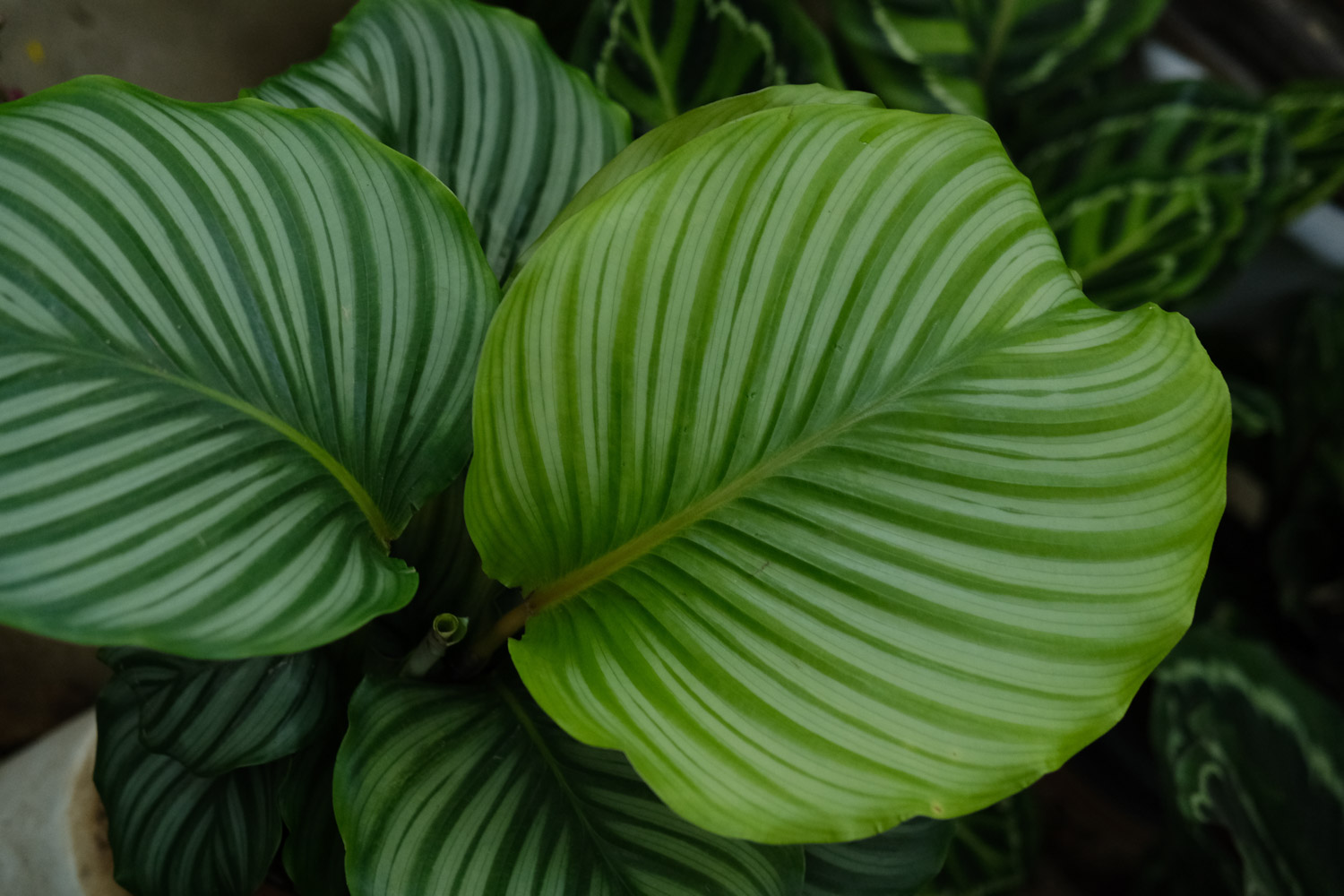
2. Rotten roots: if it has rotten roots, it may be caused by ponding in the basin soil. At this time, it is necessary to dig out the roots from the soil, cut off the rotten places, disinfect them, and then plant them in new soil
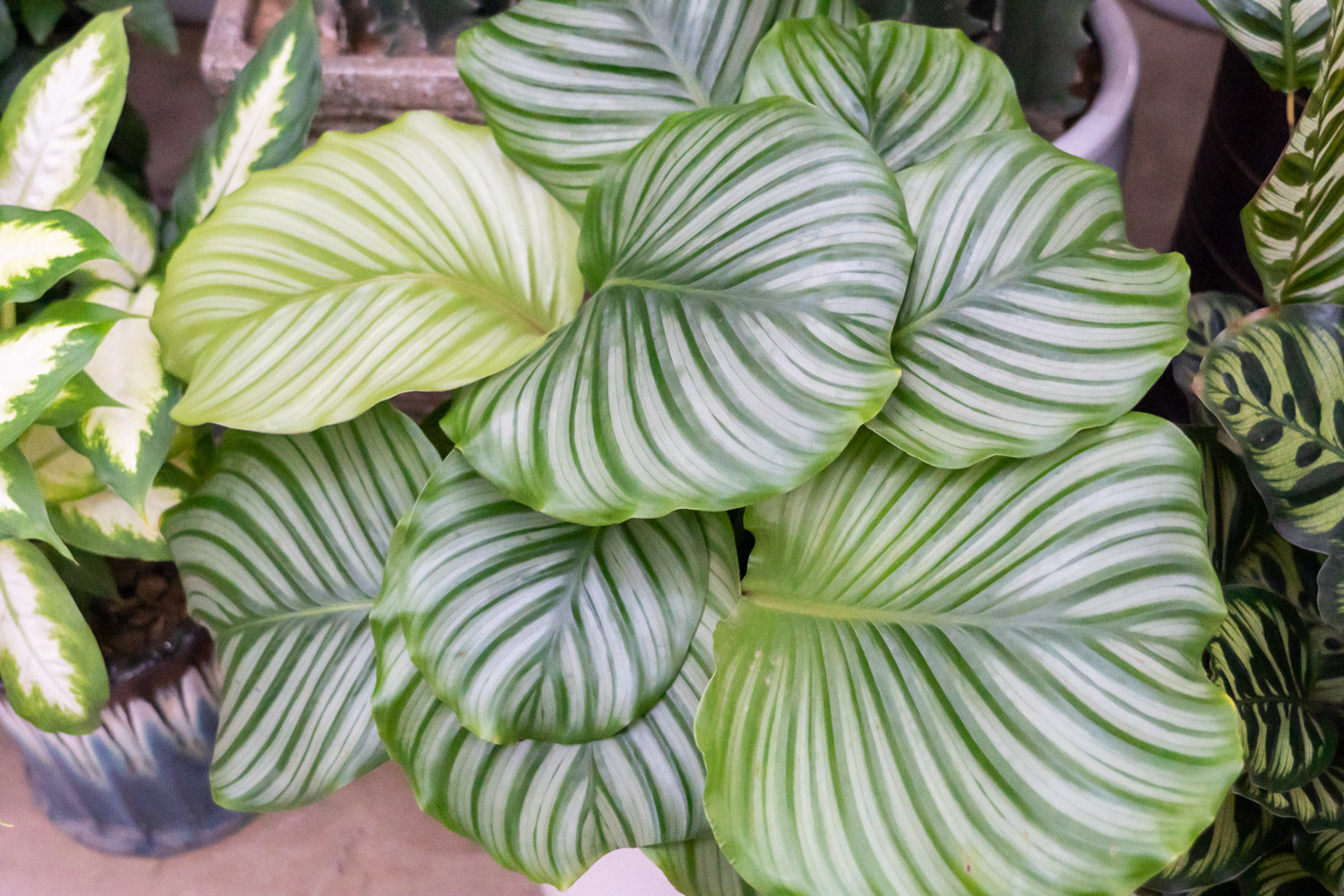
4、 Other issues
1. Edible: it is inedible and can easily cause food poisoning if used
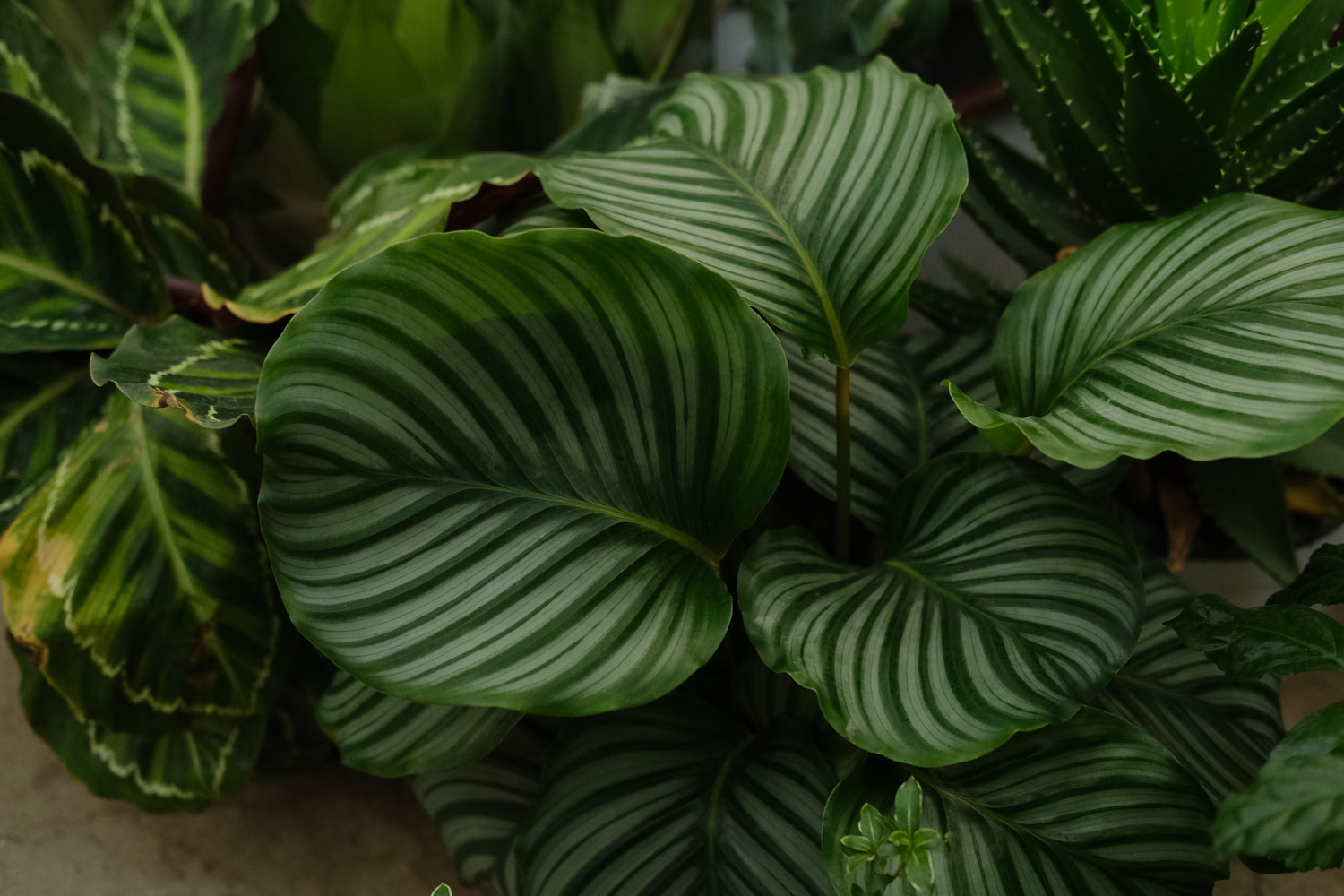
2. Toxicity: its juice is poisonous. Care should be taken to avoid getting stained with juice during breeding


 how many times do yo...
how many times do yo... how many planted tre...
how many planted tre... how many pine trees ...
how many pine trees ... how many pecan trees...
how many pecan trees... how many plants comp...
how many plants comp... how many plants can ...
how many plants can ... how many plants and ...
how many plants and ... how many pepper plan...
how many pepper plan...





























